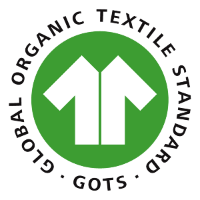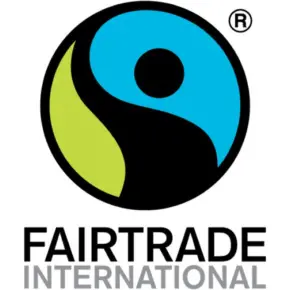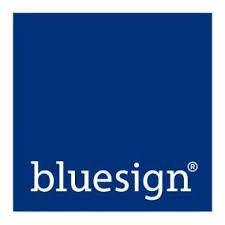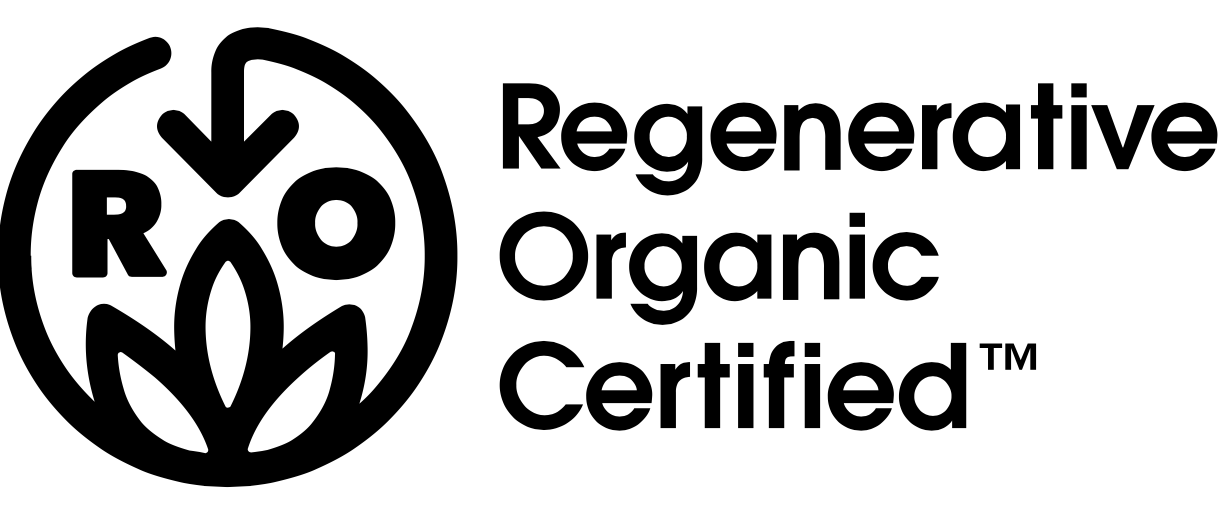From carbon emissions to water pollution, the fashion industry is famously bad for the environment. Many of us are trying to buy more sustainable clothing, but it can be nearly impossible to actually figure out whether a brand is truly better for the environment.
From greenwashing tactics to simply not knowing what sustainable fashion really means, the simple act of buying an eco-friendly t-shirt can become tricky pretty quickly. This article will walk you through sustainable fashion labels to help you distinguish between truly sustainable brands and the fakers.
Sustainable Clothing Certifications
Unfortunately, there is no single label you can search for when shopping to tell you that a piece of clothing is sustainable. That’s partially because there are so many different ways in which a clothing brand can be sustainable, whether that’s using organic cotton or avoiding toxic dyes. This guide will explain some of the most common sustainable clothing certifications out there so you can keep an eye out for all of them.
Oeko-Tex®

Oeko-Tex® is a set of sustainable standards for textiles and leather products. The International Association for Research and Testing in the Field of Textile and Leather Ecology (also known as Oeko-Tex) provides standards that test the sustainability of textile production, from raw materials to final products.
You can find Oeko-Tex® labels on many different clothing items. The label shows that the clothing has undergone fabric testing that ensures adherence to a set of Oeko-Tex® standards. For example, these tests often search for chemicals used in clothing that are toxic to humans and the environment. One of the most common labels, the Oeko-Tex® Standard 100, shows that every component of the clothing item meets Oeko-Tex® standards.
GOTS

The Global Organic Textile Standard, commonly known as GOTS, is a certification that shows the product and production process adheres to organic standards. According to their website, “GOTS certified final products may include fibre products, yarns, fabrics, clothes, home textiles, mattresses, personal hygiene products, as well as food contact textiles and more.”
Not only does the standard include requirements for what organic means, such as no pesticide usage, but it also includes provisions to ensure social responsibility and healthy factory working conditions. For example, a GOTS-certified item must be produced without child labor and following all occupational health guidelines.
Higg Index

The Higg Index is focused specifically on ensuring sustainable supply chains in the fashion industry. It was created by the Sustainable Apparel Coalition, a nonprofit organization whose members include clothing brands, retailers, academic institutions and other stakeholders within the fashion industry. Many fashion companies may choose to acquire their Higg Index certification from a third party, as the SAC does not actually review certifications themselves.
The Higg Index doesn’t have a specific label that you’ll see on clothes as you’re shopping (yet– the SAC reports that a consumer-facing label may be coming soon), but you can find a list of the brands that are part of the coalition on the SAC website. Many of these are large brands you’ve probably heard of, such as Crocs, Carhartt, Guess, and even Disney.
Fair Trade

Fair trade is a label that certifies adherence to environmental and social standards. Retailers, producers, and farmers who go through the fair trade certification process must ensure that their products follow all fair trade standards.
Examples of fair trade benefits include fair wages for producers, production that follows environmental standards, and increased funding for environmentally-focused projects like reducing deforestation or changing manufacturing practices.
Bluesign®

Bluesign® is a label you can find on many clothing brands these days, from Adidas to Lululemon. Many clothing brands that have partnered with Bluesign are in the sports or outdoor industry.
The bluesign® label shows customers that the clothing has been manufactured in a way that reduces impacts on the environment and people alike. The company Bluesign aims to help companies develop sustainable practices, and evaluates brands’ progress toward sustainability.
Regenerative Organic Certified

The Regenerative Organic Certified label is similar to GOTS in that it focuses on the organic production of clothing textiles. It takes it a step further by focusing not just on organic products (grown without the use of pesticides), but towards materials that are grown using regenerative farming techniques. This includes everything from no-till farming to preserve soil health to planting trees in between crops to increase carbon sequestration.
To put it simply, the Regenerative Organic Certified label ensures that all raw materials used are produced in a way that not only is sustainable, but that actually works to regenerate the environment. The label may be applied not just to clothing, but also to food and personal care products.
Conclusion
This list of sustainable labels is not exhaustive, but they do represent some of the more common labels and certifications you might come across. Many of these labels also have websites where you can search for certified brands, so if you’re feeling stuck, that’s a great place to start. These labels show that sustainable clothing really does exist, you just might need to look a little harder!
Author: Lena Milton
Lena Milton is a freelance writer covering sustainability, health and environmental science. She writes to help consumers understand the environmental and ethical challenges in everyday life so we can find viable solutions for both.
You can read more of her work on Pollution Education and RoHS Education.
The post Can Clothes Really Be Certified-Sustainable? Labels to Look Out For appeared first on Pretty Green Lily.














